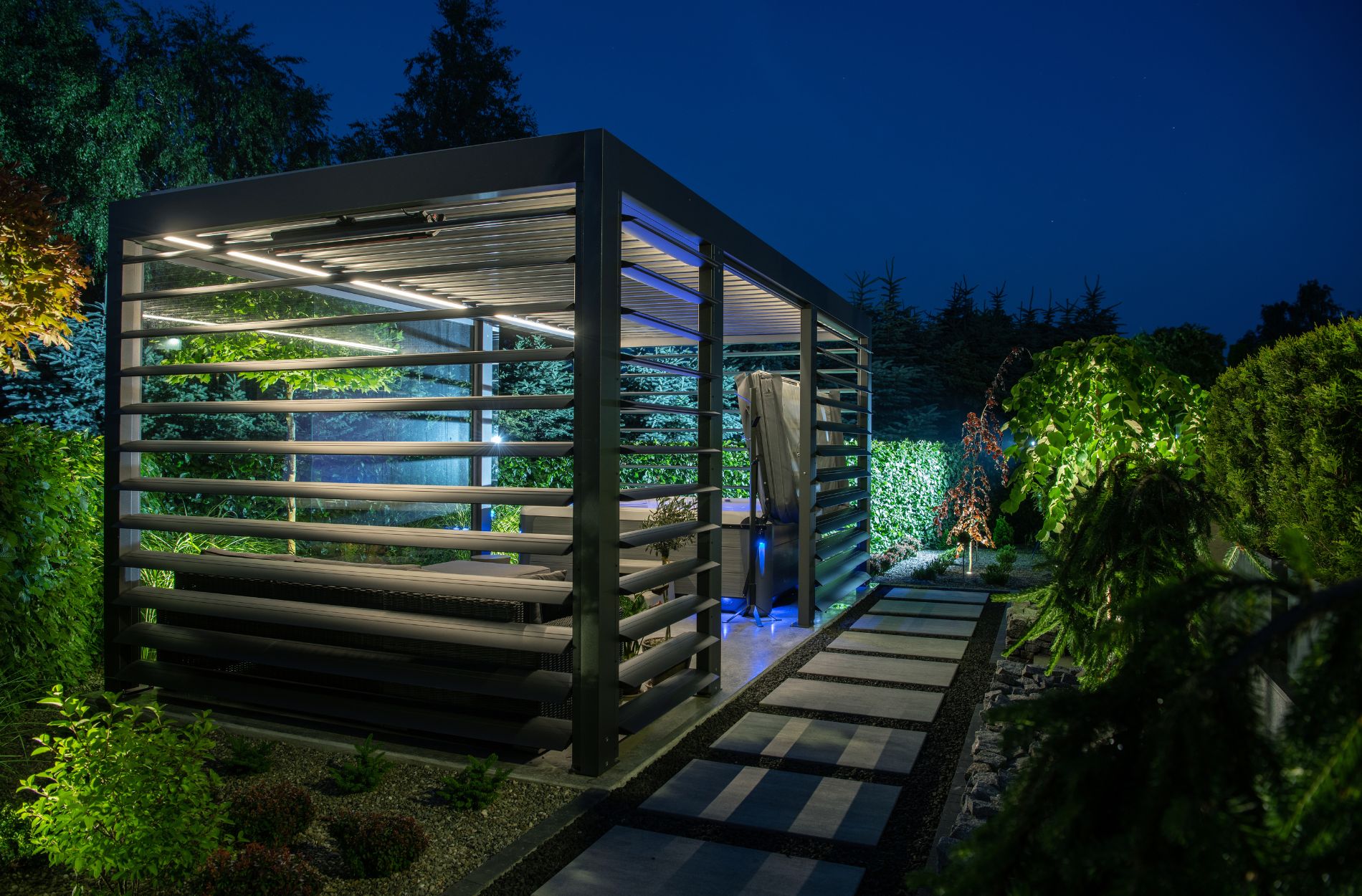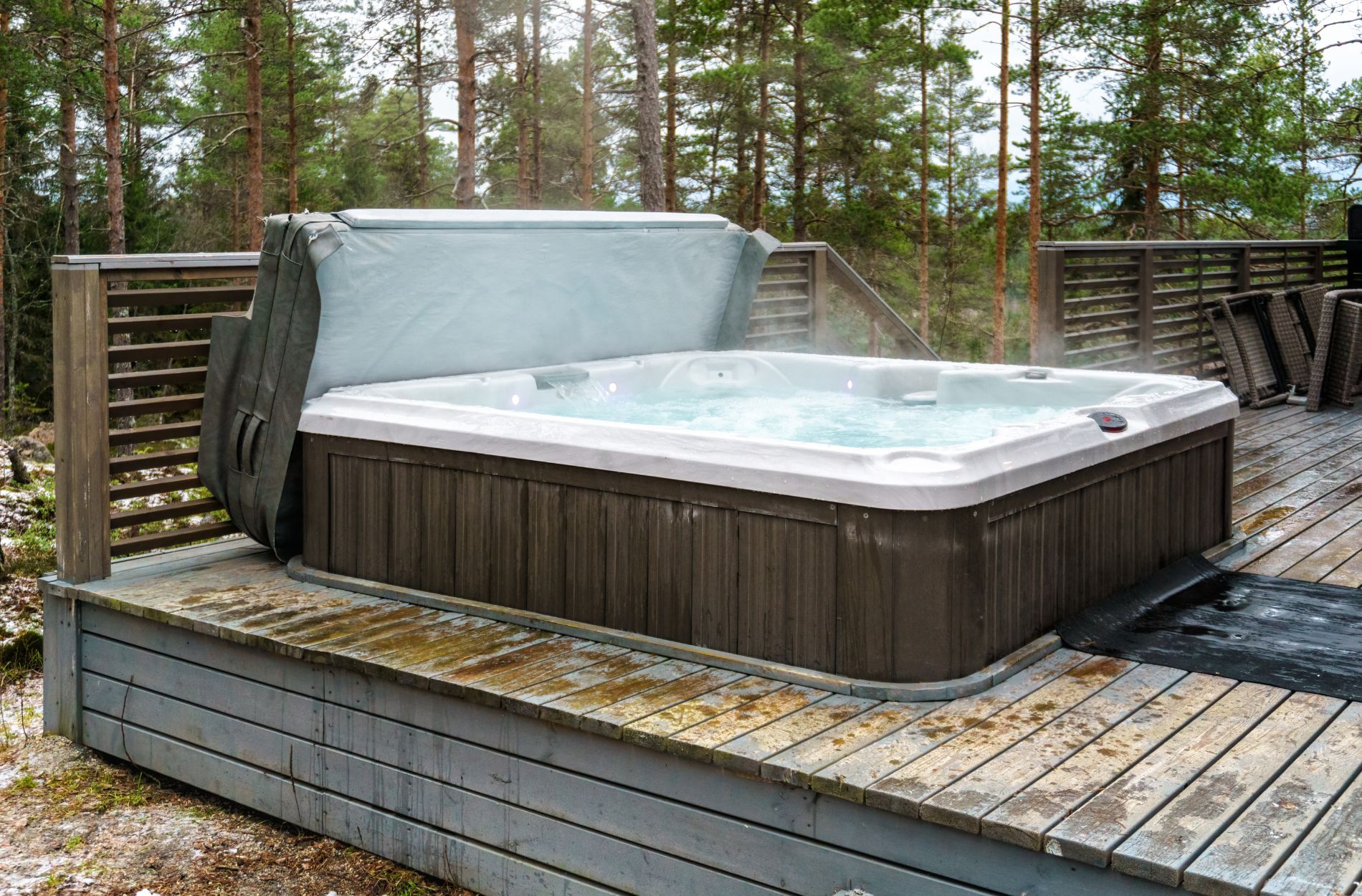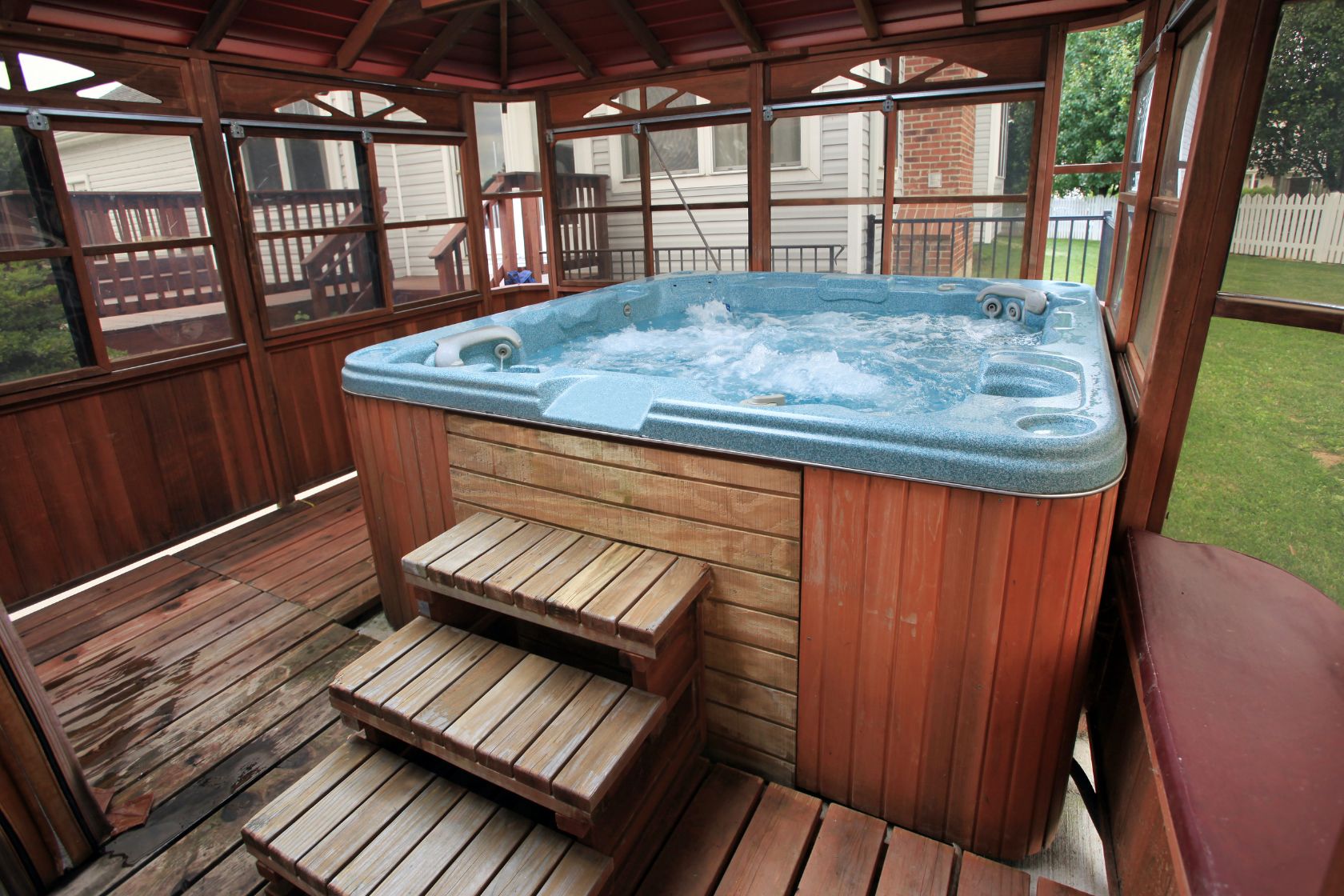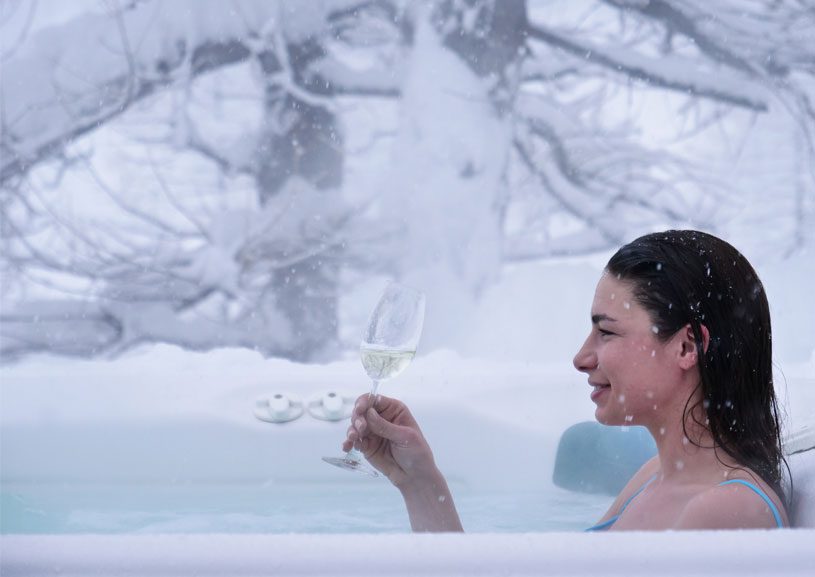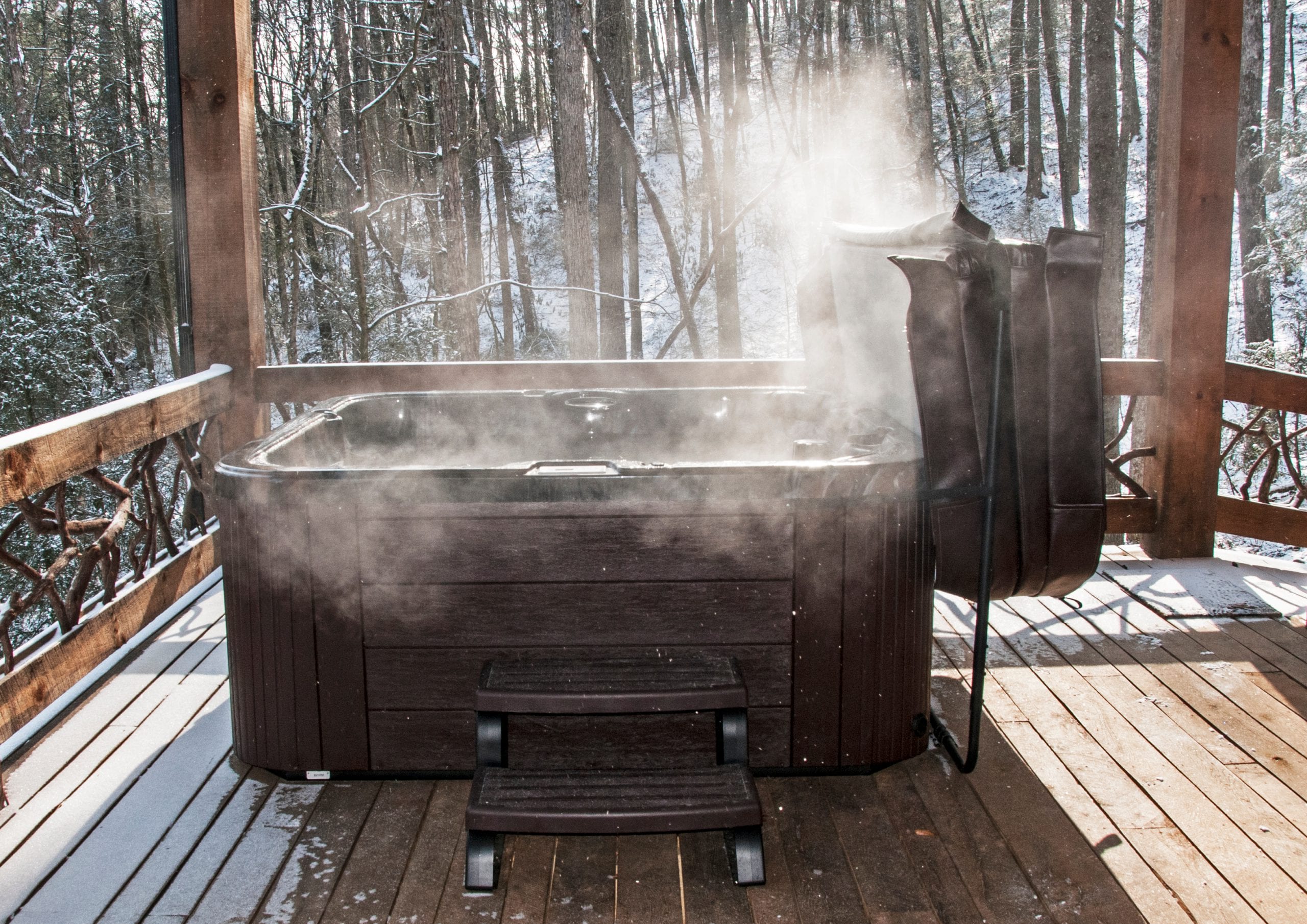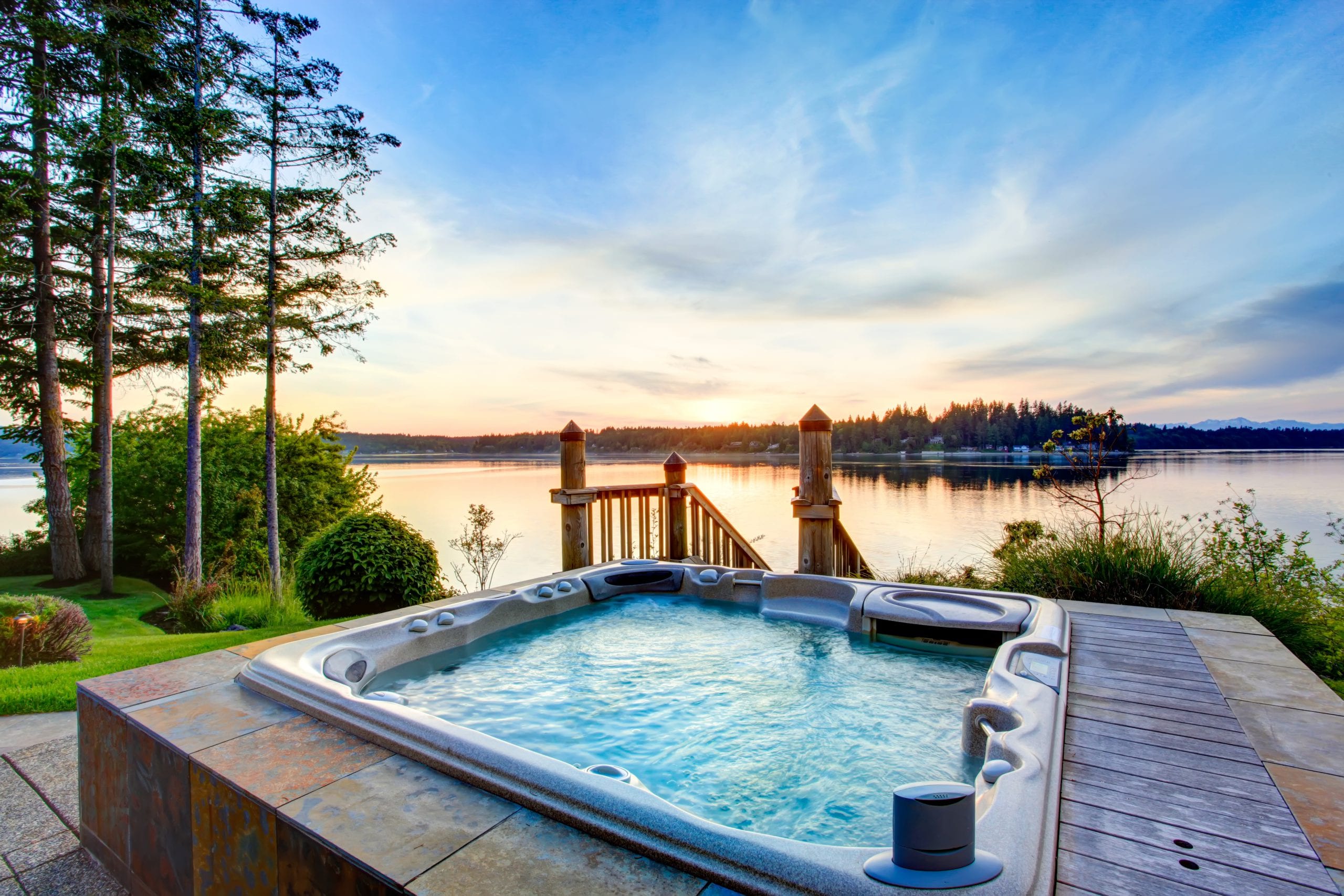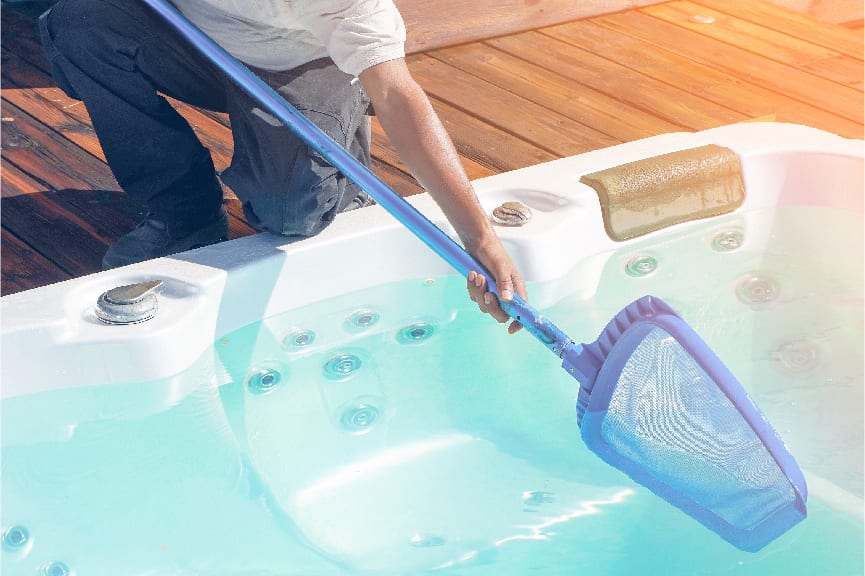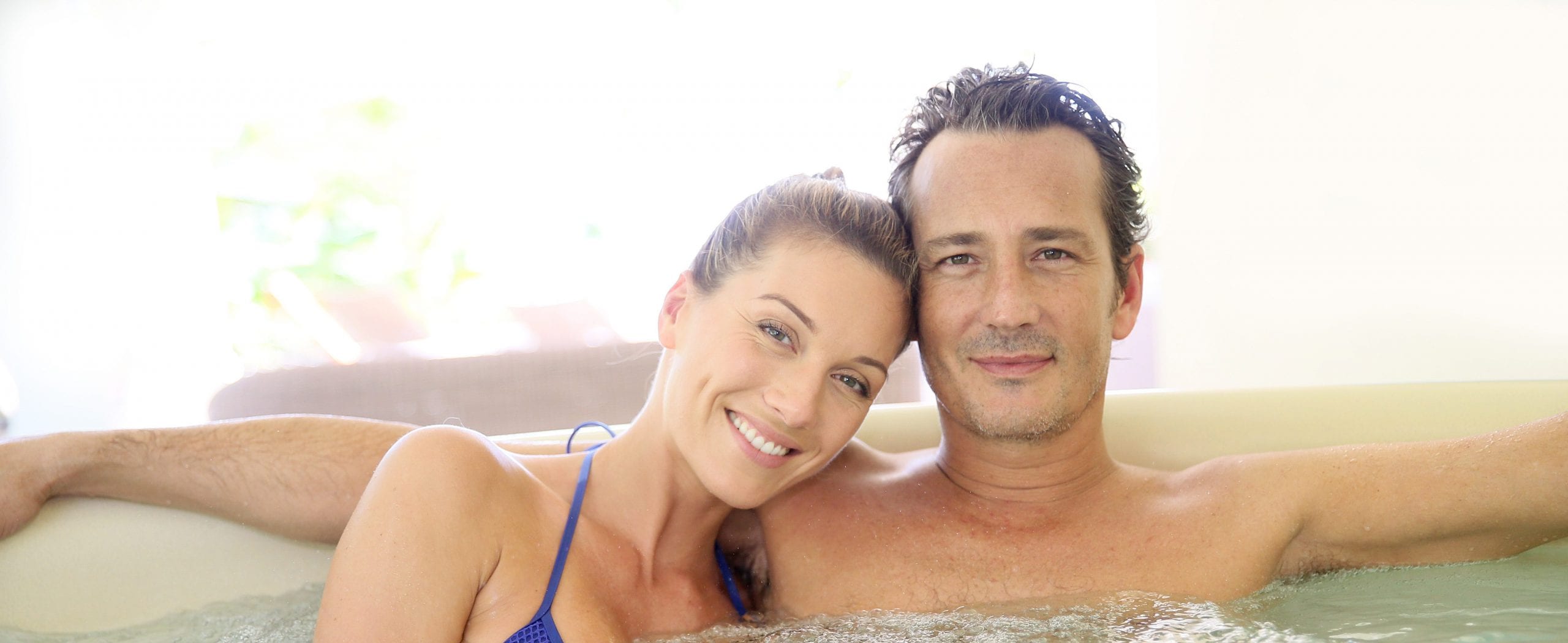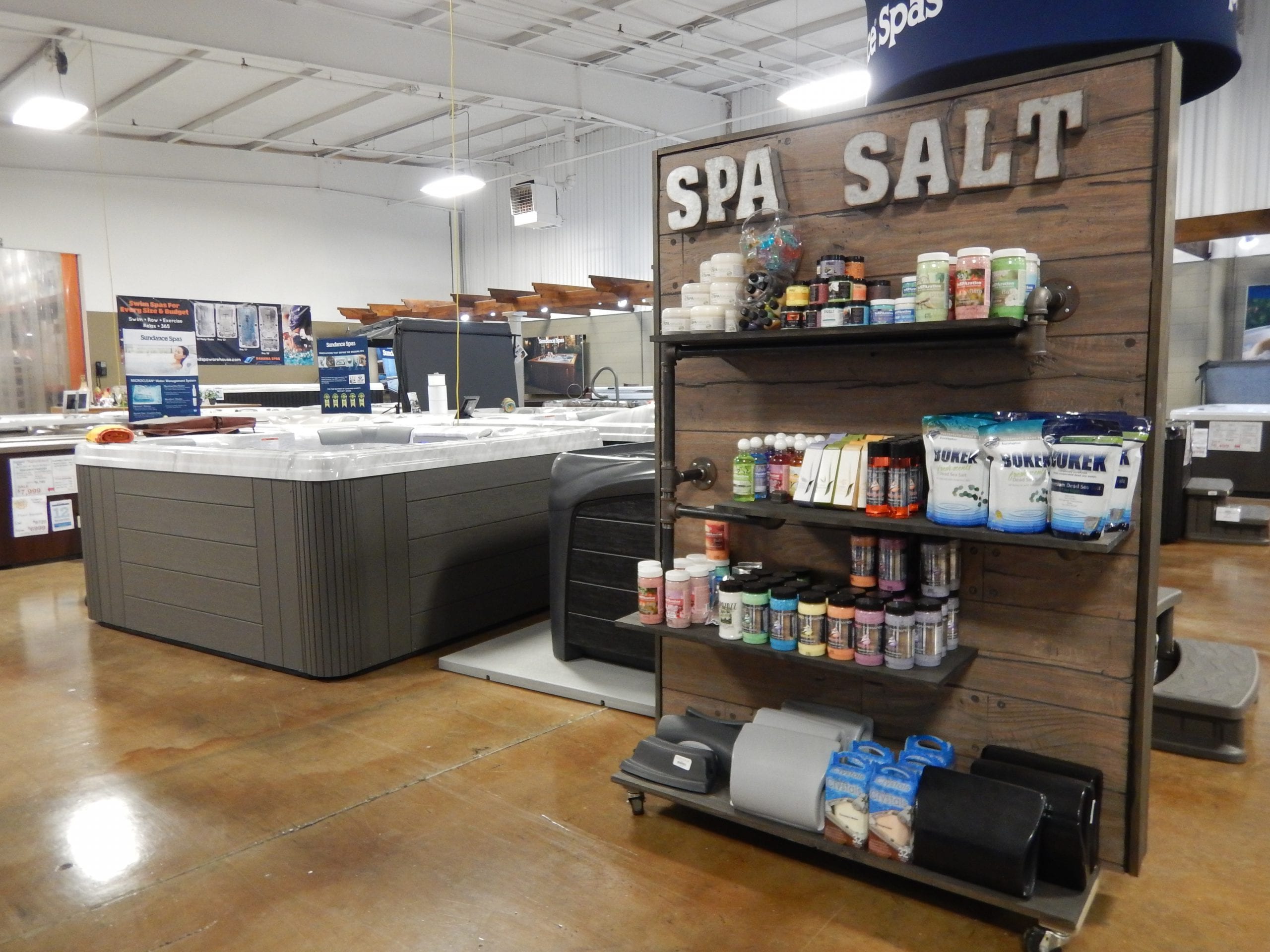Adding a spa to your backyard can transform your outdoor space into a personal oasis. It’s not just about luxury; a spa offers numerous benefits that can enhance your lifestyle. Imagine coming home after a long day and soaking in warm, bubbling water. The stress of the day melts away, and you feel rejuvenated.
In this article, we’ll explore the many reasons why adding a spa can enhance your backyard. From health and social benefits to increasing your home’s value, you’ll discover why a spa is a smart addition to any outdoor space.
Health and Wellness Benefits of Adding a Spa
Adding a spa to your backyard can significantly improve your health and well-being. One of the primary benefits is stress relief. Soaking in a spa allows your muscles to relax and ease tension. The warm water and massaging jets create a soothing environment that helps melt away stress and anxiety.
Spas also offer relief from physical pain and discomfort. The heat from the water can improve blood circulation, which helps reduce muscle soreness. If you suffer from chronic conditions like arthritis, regular spa use can alleviate joint pain and stiffness. The buoyancy of the water supports your body, taking the pressure off painful joints and muscles.
Another major benefit is better sleep. Many people find that soaking in a spa before bedtime helps them fall asleep more easily. The warm water relaxes the body and mind, making it easier to drift off to sleep. Improved sleep quality can lead to better overall health, including boosting your immune system and enhancing your mood.
Using a spa can also contribute to cardiovascular health. Soaking in warm water can lower blood pressure and improve heart function. Regular spa use can be an enjoyable way to promote a healthy lifestyle. Adding a spa to your backyard not only creates a space of relaxation but also supports a healthier you.
Social and Entertainment Advantages
A backyard spa can become the hub of social gatherings and entertainment. Imagine inviting friends over for a weekend get-together. The spa provides a relaxing and fun environment where everyone can unwind and enjoy each other’s company. It’s perfect for intimate gatherings or larger social events.
Spas make family time more enjoyable as well. Families can bond over a soak in the spa, chatting and laughing together. The spa’s warm, inviting atmosphere encourages conversation and connection, making it a great place to spend quality time with loved ones.
Hosting spa parties is another fun way to use your spa. You can create a mini retreat right in your backyard. Add some snacks, drinks, and music, and you’ve got a fantastic party setup. Your friends and family will love spending time in the soothing water while catching up and having fun.
Even in cooler weather, a spa remains a favorite spot. The warm water makes it enjoyable year-round, providing a cozy gathering place even when temperatures drop. Your backyard becomes a welcoming retreat no matter the season.
Having a spa enhances your ability to entertain guests and brings people together. It transforms your backyard into a destination for relaxation and enjoyment, making it much more than just an outdoor space.
Enhancing Aesthetic Appeal and Home Value
Adding a spa to your backyard doesn’t just offer functional benefits; it also enhances the visual appeal and value of your home. A well-placed, stylish spa can turn a plain backyard into a luxurious retreat. Imagine a beautifully designed spa with surrounding landscaping, lighting, and comfortable seating. It becomes a focal point, drawing the eye and creating a sense of relaxation.
The addition of a spa can also boost your home’s curb appeal. Potential buyers often look for outdoor features that offer both relaxation and functionality. A well-maintained spa suggests that the homeowners have invested in their property, making it more attractive to prospective buyers. This can be a significant advantage if you ever decide to sell your home.
Moreover, a spa can be customized to match your outdoor decor. You can choose a spa with materials and colors that complement your existing landscape. Adding features like a deck, pergola, or custom tiles can further integrate the spa into your backyard’s design, creating a cohesive and inviting space.
Choosing the Right Spa for Your Backyard
Selecting the right spa for your backyard involves several important considerations to ensure it fits your needs and enhances your outdoor space. Here’s a guide to help you make the right choice:
1. Space and Location: Measure the available space in your backyard to determine the size of the spa you can accommodate. Consider the location in relation to your home, privacy, and accessibility. Ensure there is enough room for the spa, as well as for any additional features you might want to include, like seating or a deck.
2. Usage Needs: Think about how you plan to use the spa. Are you looking for a small, intimate space for family relaxation, or do you need a larger spa for social gatherings? Your intended use will influence the size and features you need.
3. Features and Options: Modern spas come with various features, such as massage jets, lighting, and sound systems. Decide which features are most important to you. If you want a spa primarily for relaxation, consider one with advanced hydrotherapy jets. For entertainment purposes, you might opt for a spa with built-in speakers and colorful LED lights.
4. Budget Considerations: Spas come in a wide range of prices. Establish a budget before you start shopping to narrow down your options. Remember to factor in the cost of installation and any additional landscaping or electrical work you might need.
5. Quality and Maintenance: Look for a spa from a reputable manufacturer with good reviews. Higher-quality spas often offer better performance and longevity. Consider the maintenance requirements and ensure you’re comfortable with the upkeep involved.
Conclusion
Adding a spa to your backyard offers numerous benefits, from improving your health to enhancing your home’s aesthetic appeal and value. A spa provides a perfect retreat for relaxation, socializing, and entertaining, making your backyard a more enjoyable space. It also adds a touch of luxury that can boost your home’s market value.
Ready to transform your backyard into a haven of relaxation and fun? Look no further than Cincinnati Pool & Patio for expert advice and a wide selection of high-quality Cincinnati pools and spas. Shop now to find the perfect spa to enhance your outdoor living experience.


